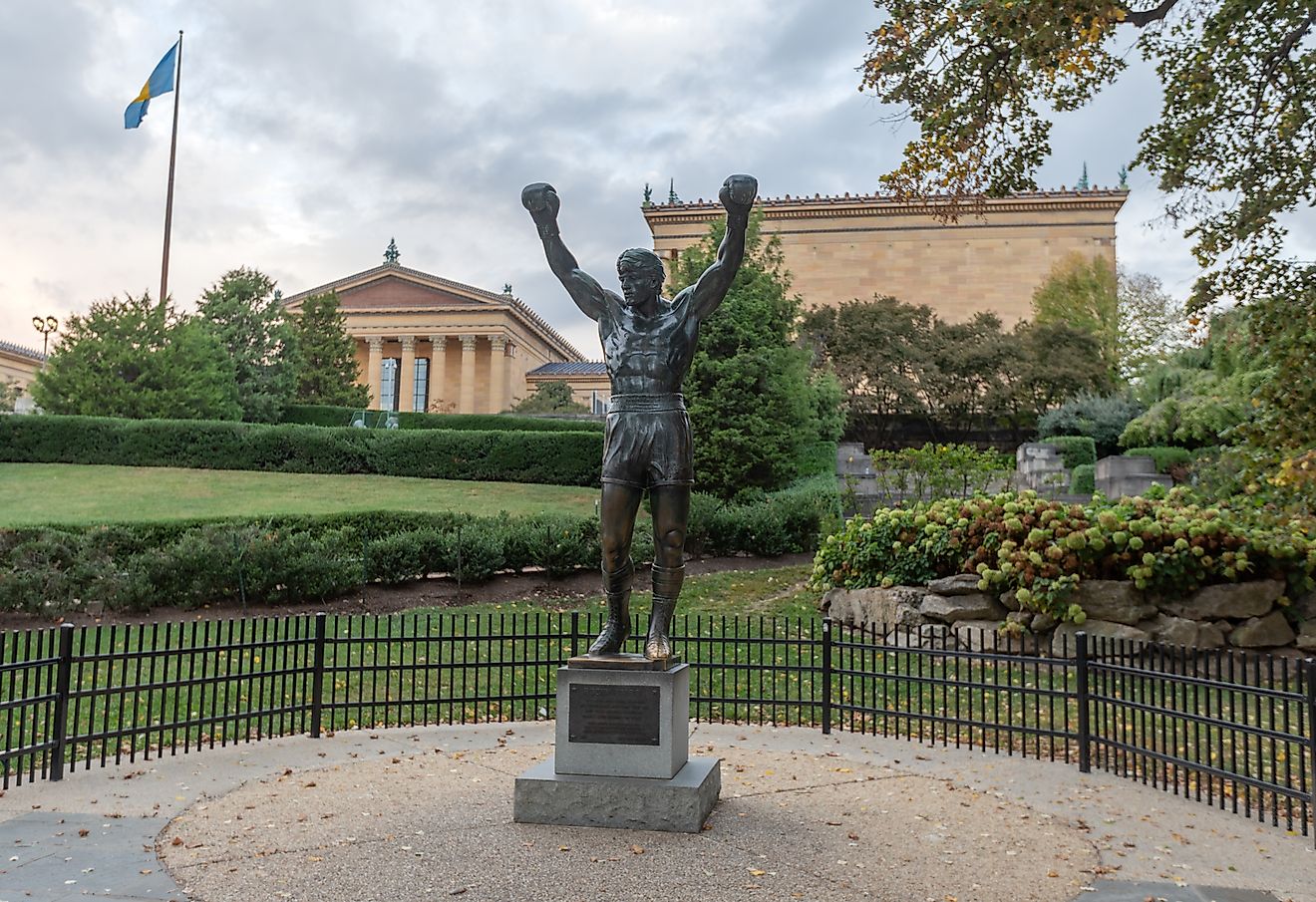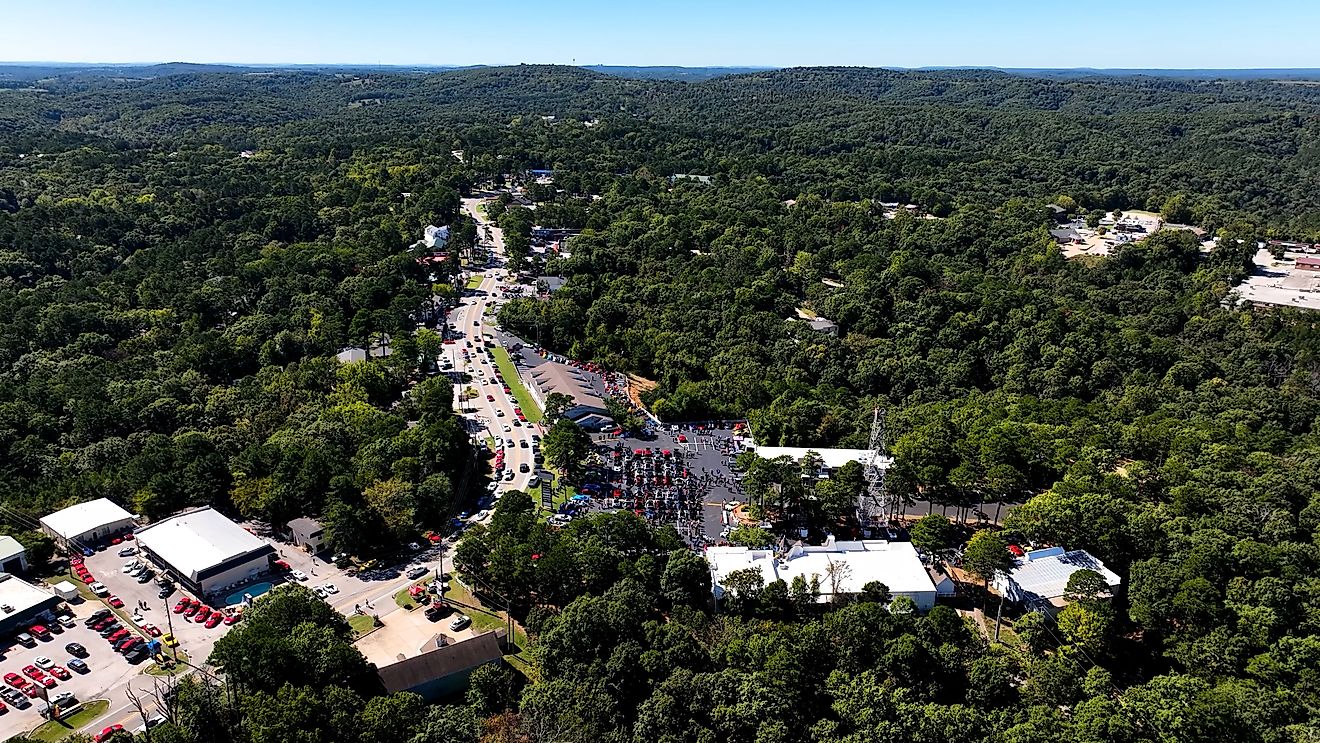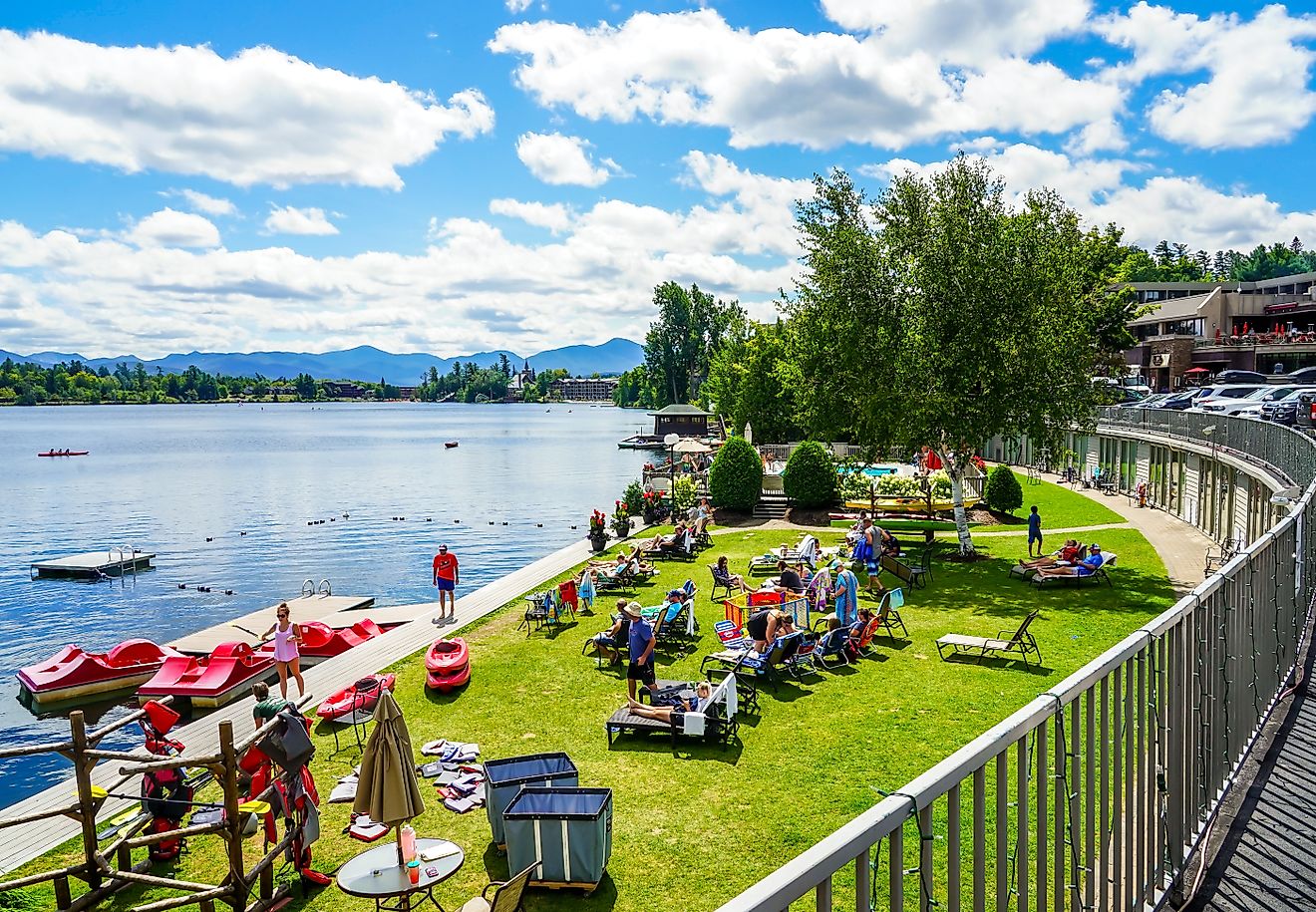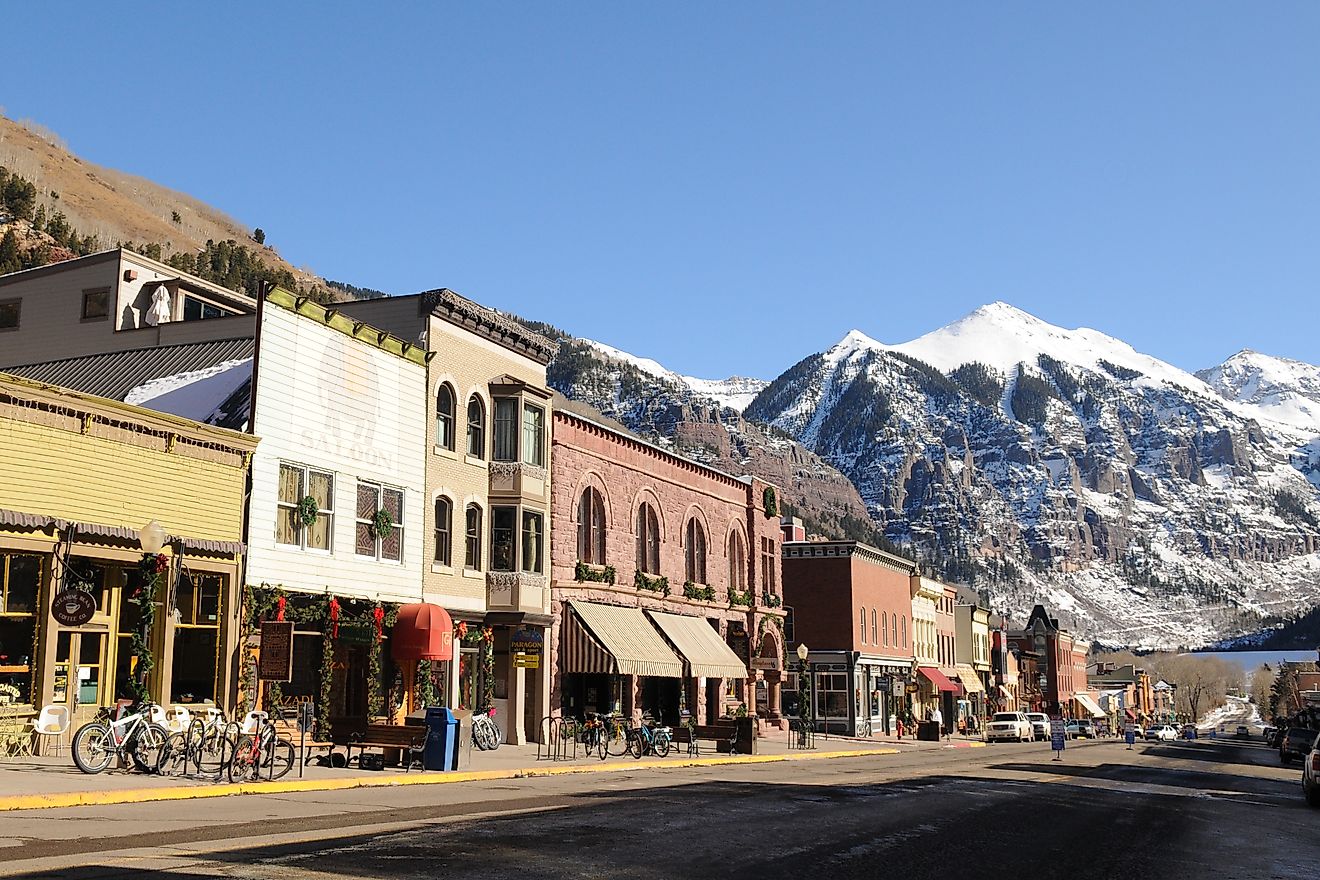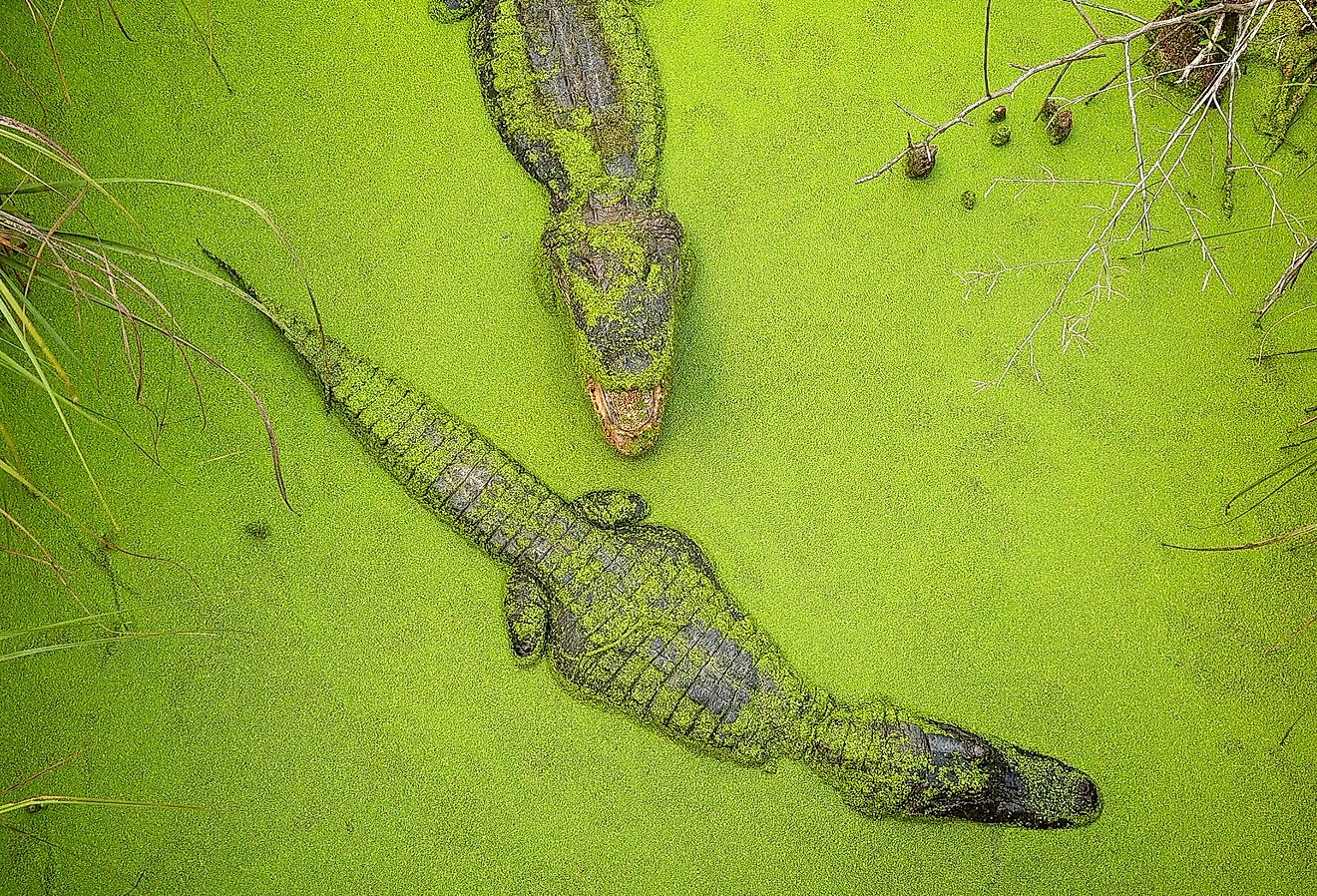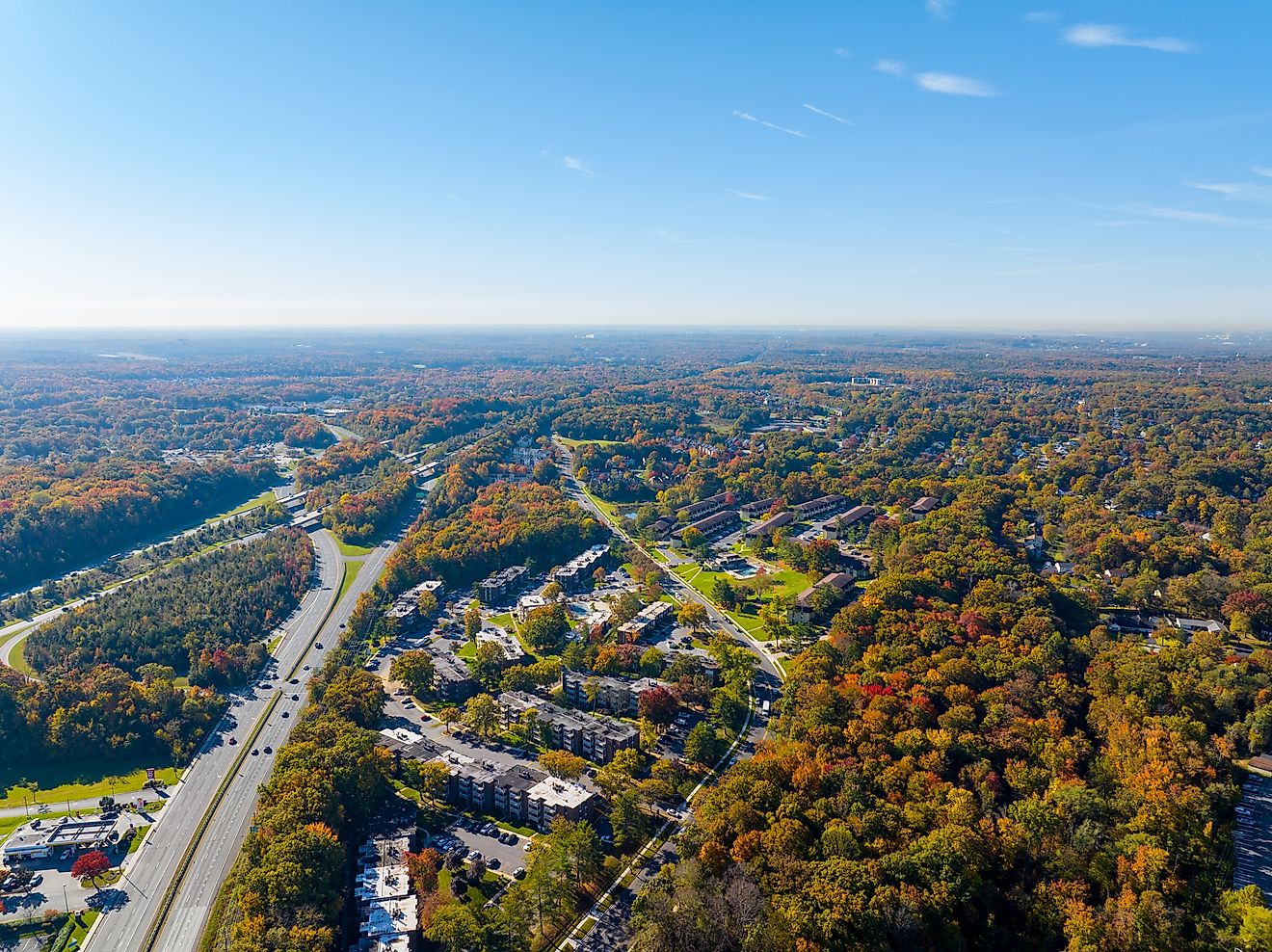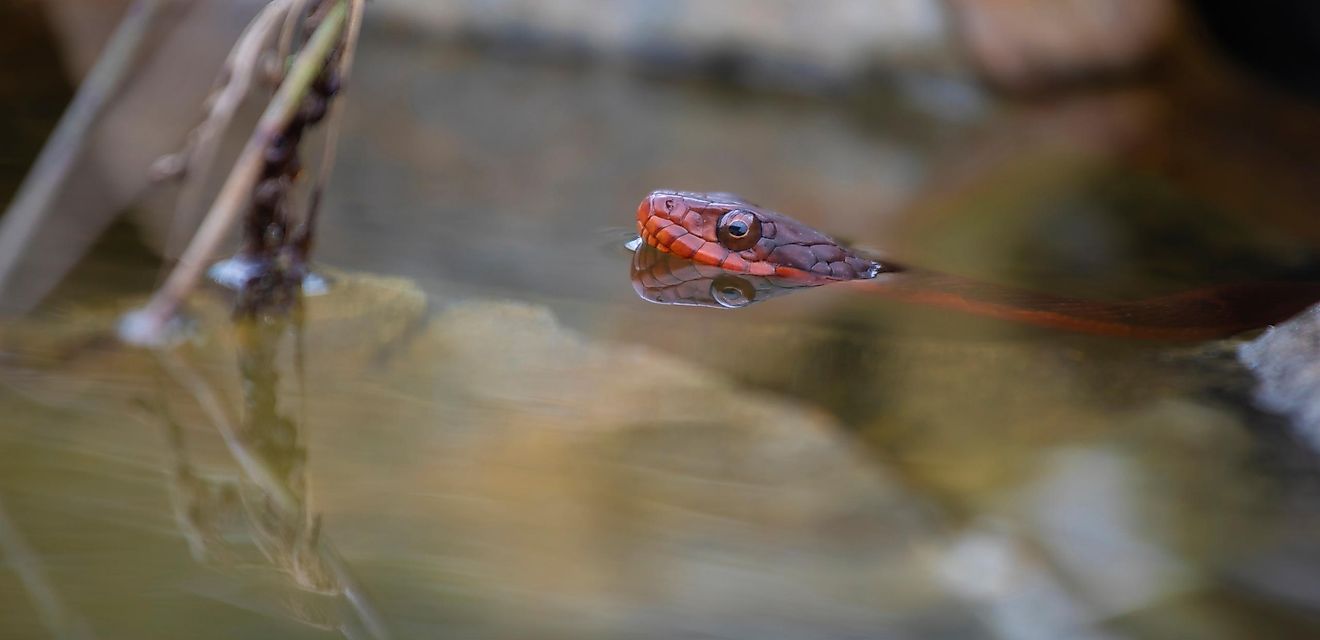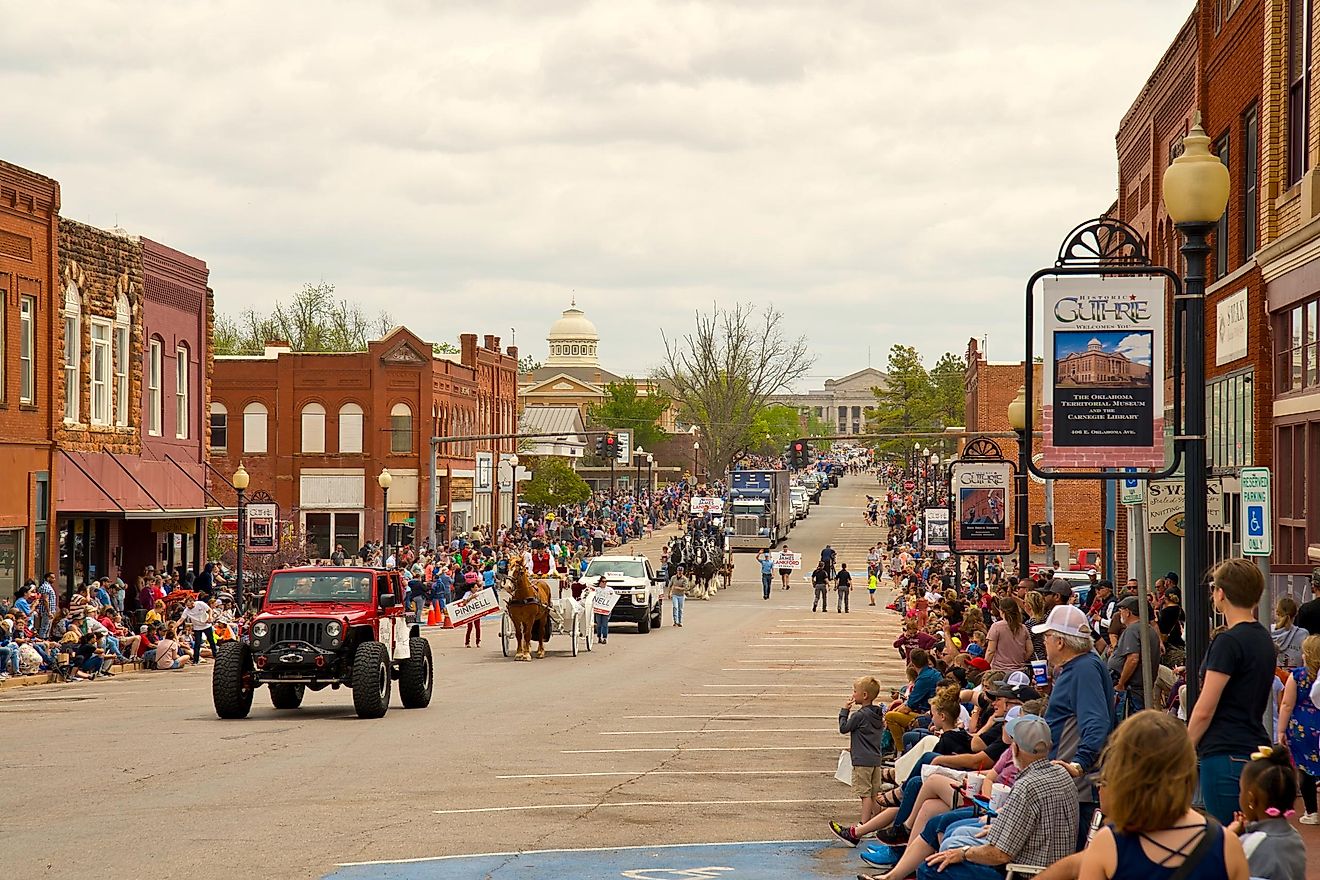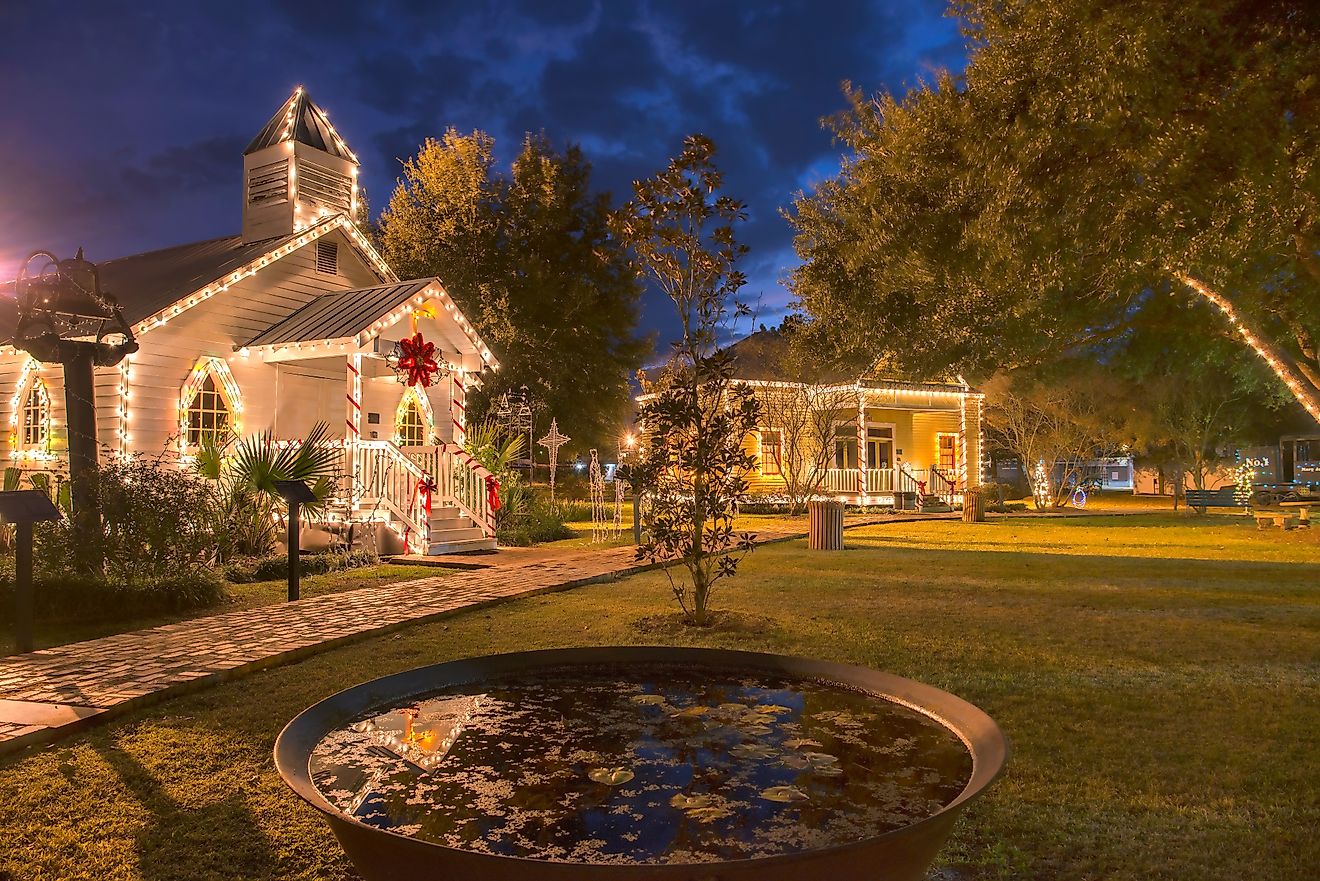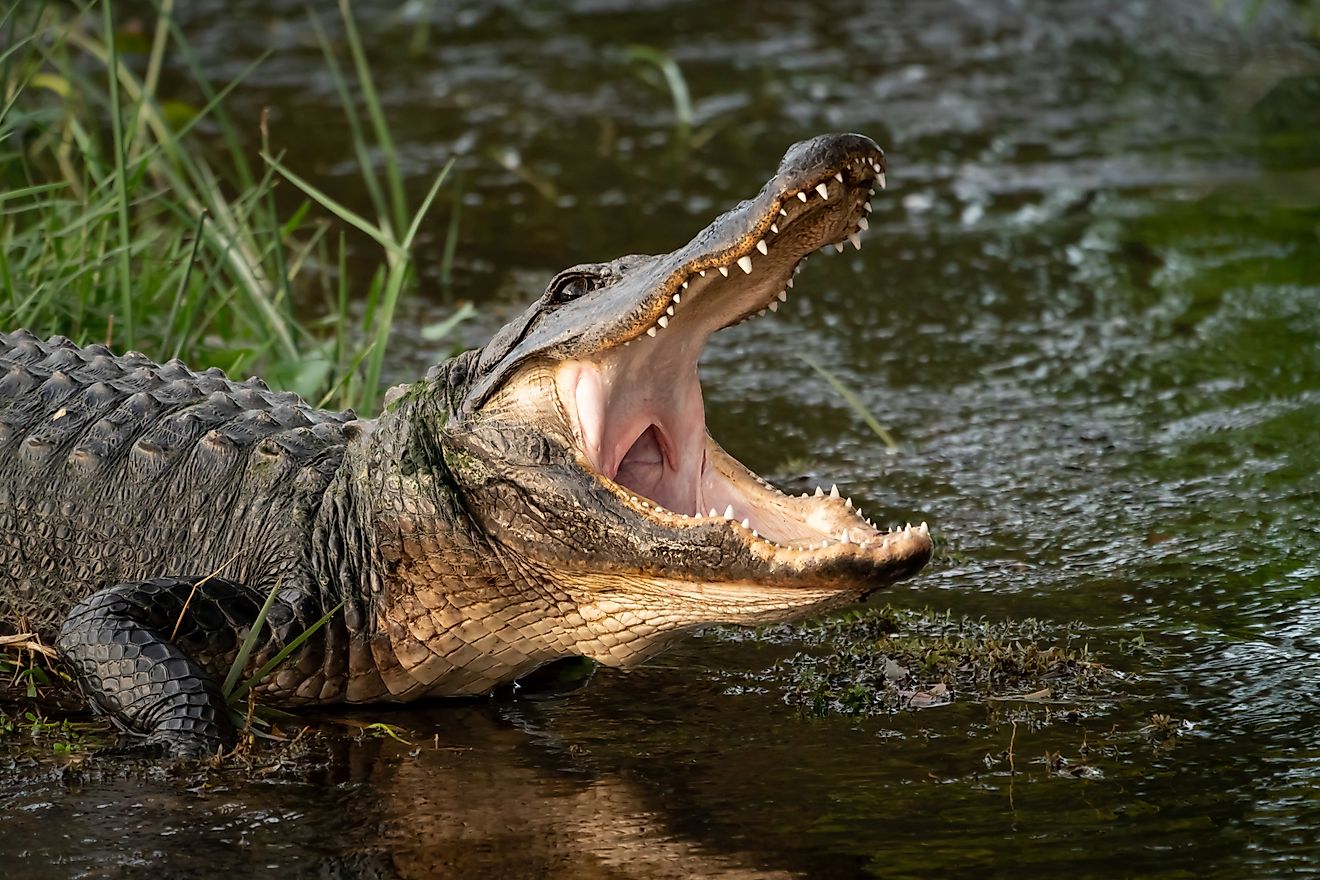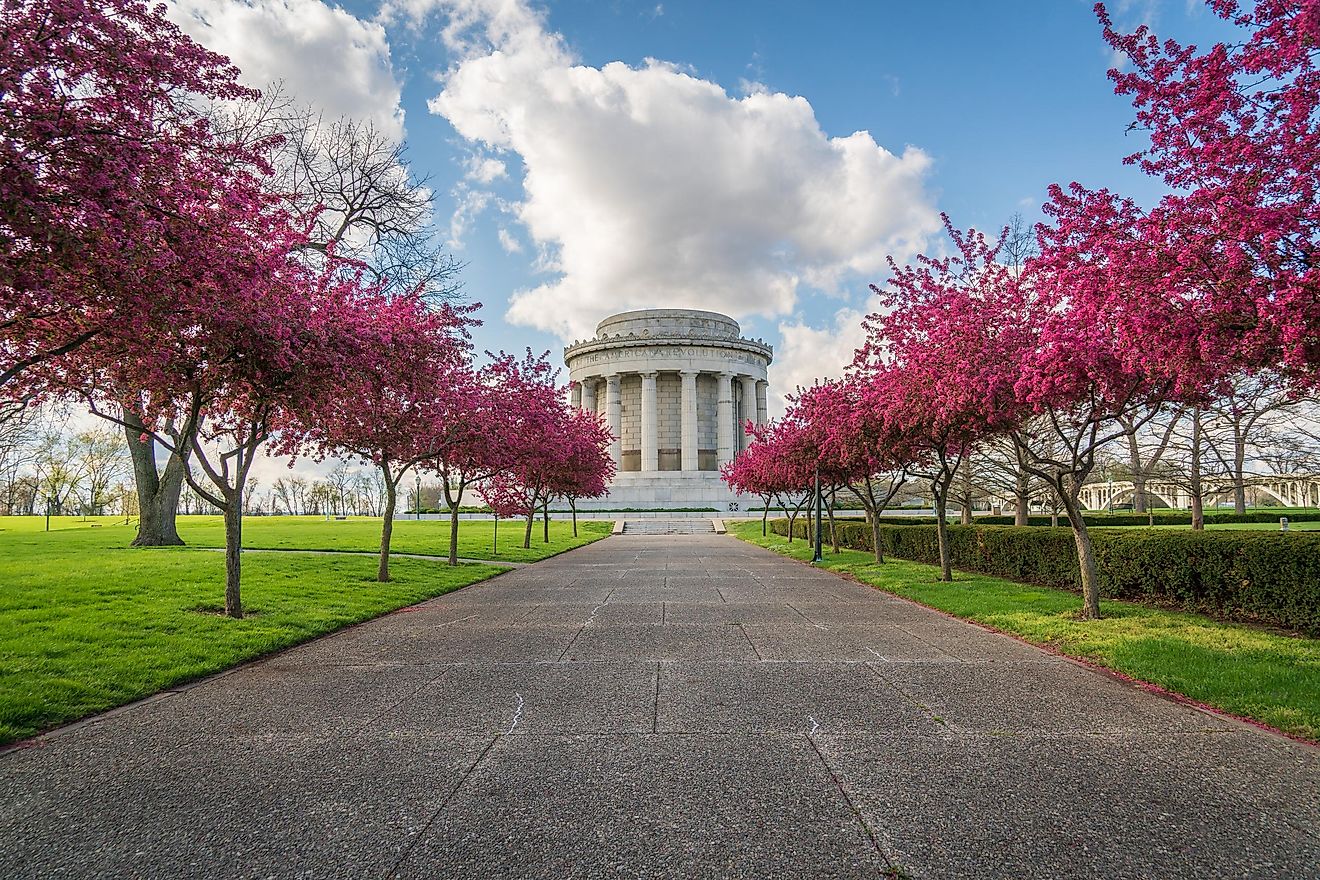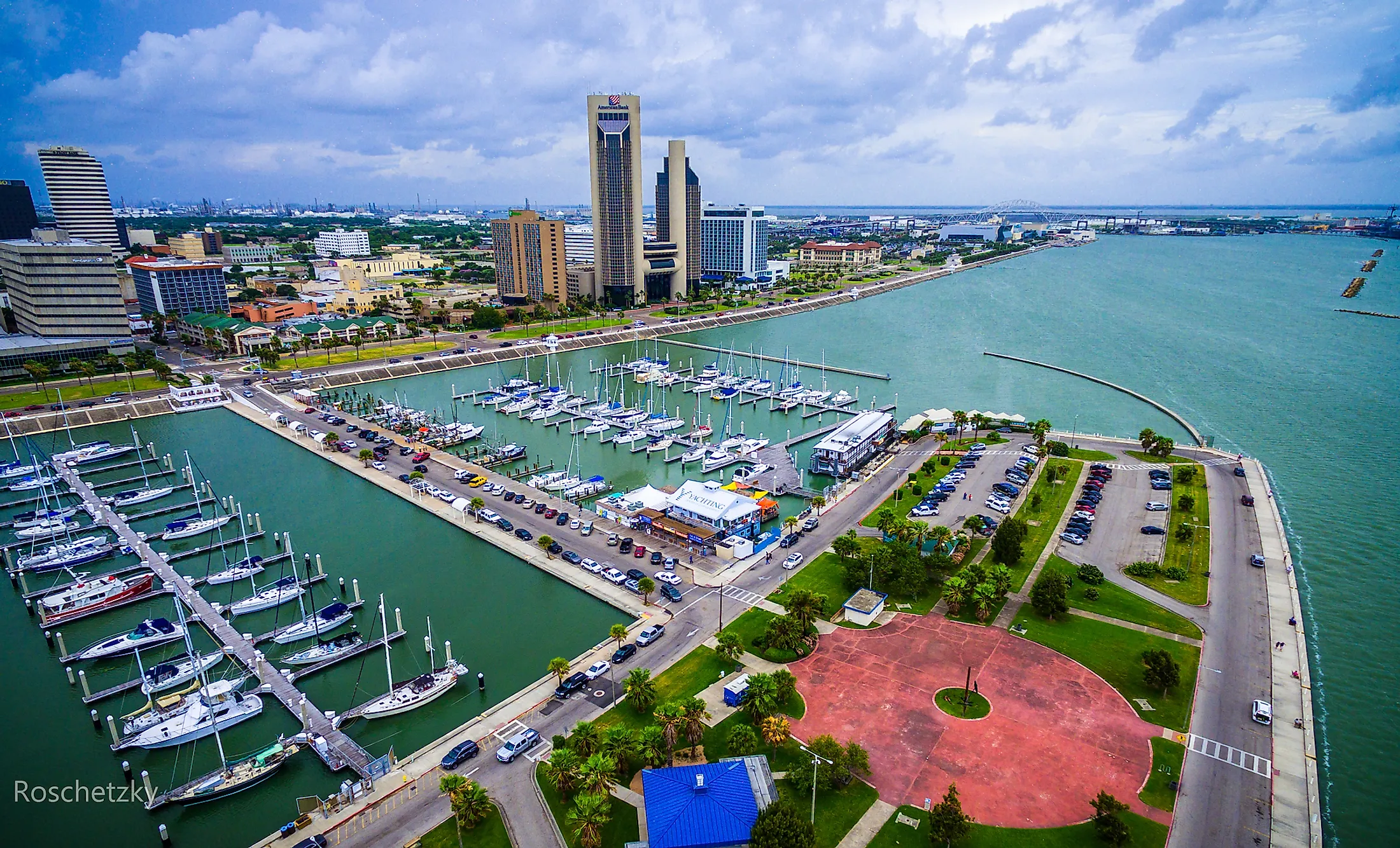
Corpus Christi, Texas
Corpus Christi is a city in southern Texas, United States of America, on the Gulf Coast. It is positioned along Corpus Christi Bay and is protected by the Padre and Mustang islands. It is the eighth-most populous city in Texas, with a total population of around 327,000. The Port of Corpus Christi is the fifth-largest in the United States.
History Of Corpus Christi
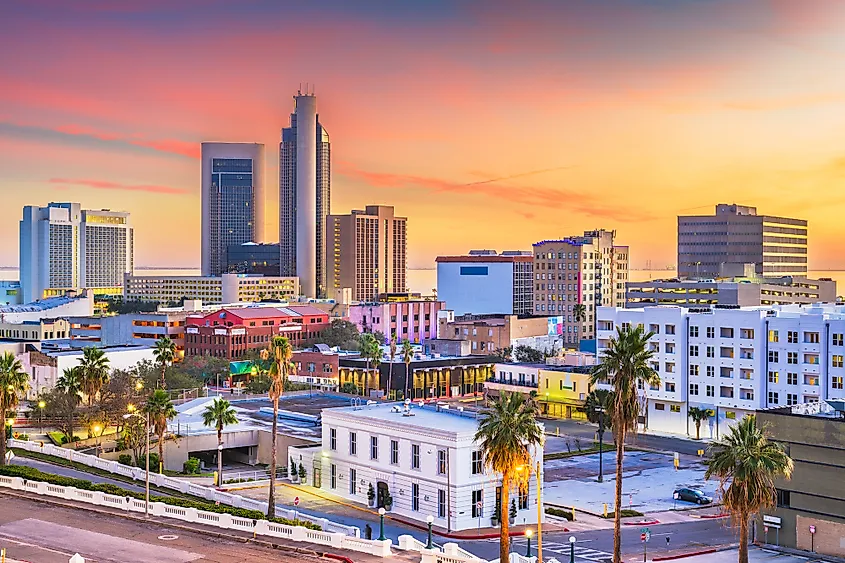
Karankawans people first inhabited the area later known as Corpus Christi. The region later gained the name Corpus Christi in 1519, Latin for the body of Christ, when its discoverer, the Spanish explorer Alonso Álvarez de Pineda, visited the area on Feast Day.
The area was later studied by European Joaquín de Orobioy Basterra in 1747. Several years later, the first colony was established, and contained roughly 50 families. Unfortunately, this colony was short-lived, and it was not until 1839 that Colonel Henry Lawrence Kinney created a more permanent settlement in the area.
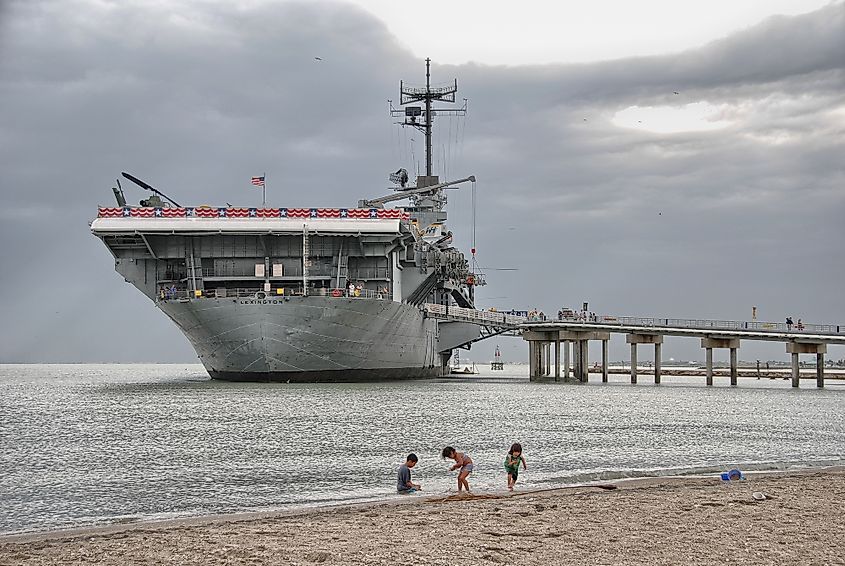
In 1845, U.S. troops set up camps there at the onset of a U.S/Mexico war. General Zachary Taylor monitored these camps, which remained in the area until 1846. The settlement was officially named Corpus Christi and incorporated in 1852. In 1862, the Battle of Corpus Christi took place during the American Civil War. The U.S. Navy used the area to block Texas against Confederate troops. The port was opened in 1926, with the Corpus Christi Naval Air Station following in 1941.
Climate Of Corpus Christi
Corpus Christi has an area of around 1190 square kilometers, 33% of which is land and 66% of which is water. The climate in Corpus Christi is a humid subtropical one which means it is generally hot and humid, with short, mild winters. The coldest months are between November and February, with the warmest being June through September. Similarly, the region experiences essentially two seasons: wet and dry. April to October are the wet season, with November to March making up the dry season. The area also experiences high winds, up to 40 km/h, and often tropical storm conditions.
Storm Damages In Corpus Christi
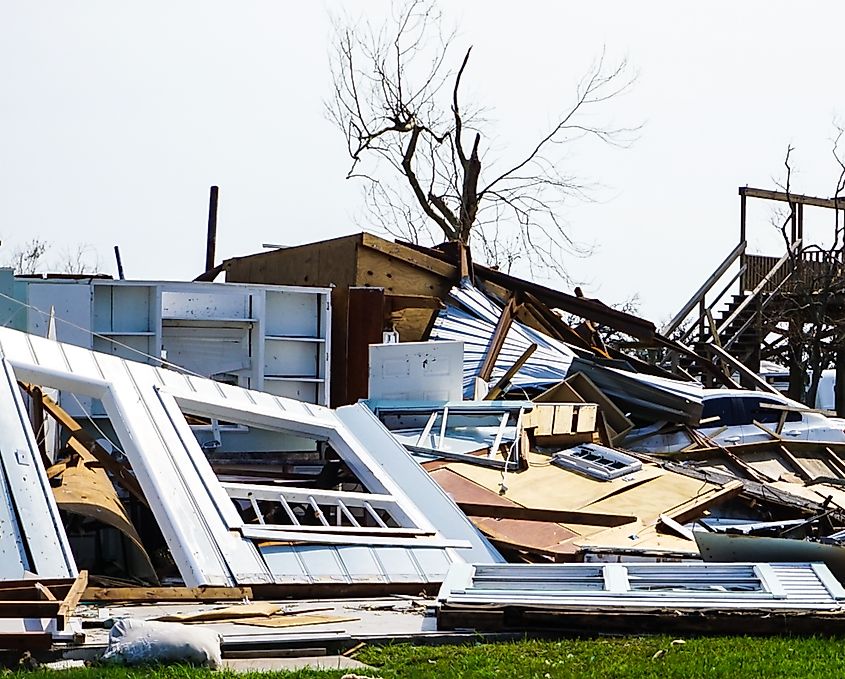
The weather in the area and the location of Corpus Christi along the Gulf Coast mean that the city often experiences tropical storm weather. In 1919, a hurricane heavily damaged the city and took out all but three buildings in North Beach. After this disaster, a sea wall was built to deter flooding.
In 1970, Hurricane Celia hit the city, causing major damage again, and ten years later, Hurricane Allen had a similar effect. Another major hurricane was Hurricane Ike, which hit in 2008, but thankfully caused only minor damage to the city. Hurricane Harvey hit in 2017 and caused widespread damage. This storm was a category 4, and though the city was not destroyed, many homes had problems such as broken or missing roofs, water damage, and regional power outages due to downed trees and power lines. Hurricane Hanna hit in 2020 and caused similar damage.
Wildlife In Corpus Christi
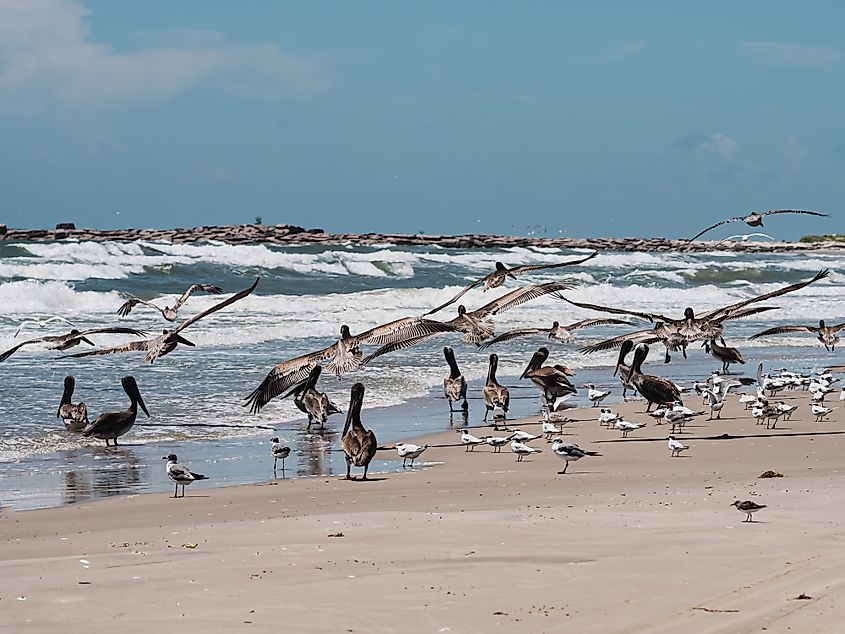
Corpus Christi is also full of parks, gardens, and wildlife of all kinds. The Corpus Christi Botanical Gardens and Nature Center can be found in the city, while the Hans and Pat Suter Wildlife Refuge sits on Oso Bay. The refuge is particularly popular for birdwatching, and a large variety of seabirds can be spotted in this area.Mammals in the area include Javelina and white-tailed deer, coyotes, foxes, armadillos, raccoons, groundhogs, opossums, and prairie dogs. Reptiles like iguanas and alligators are also common. Popular fish include big blue, channel, yellow catfish, sunfish, bass, and crappie.
Visiting Corpus Christi
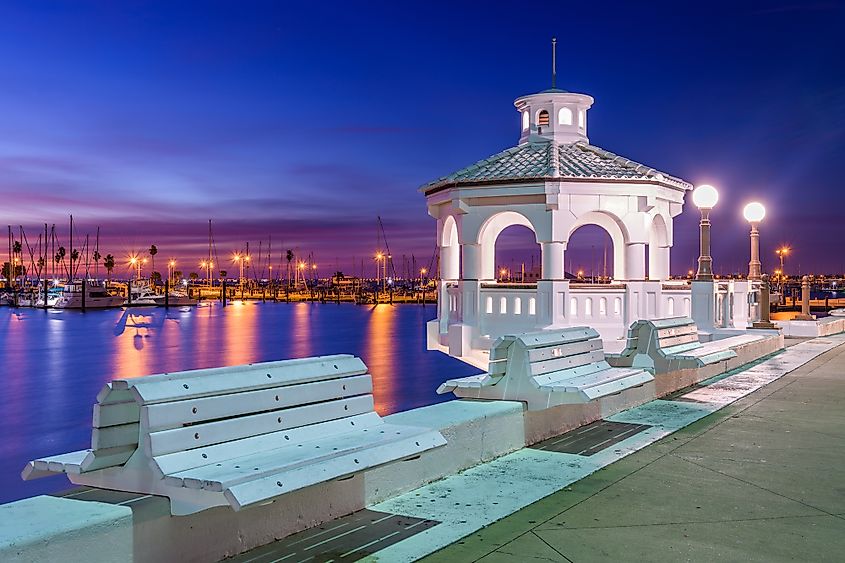
Corpus Christi has several attractions for both locals and visitors to enjoy. The majority of these are located in North Beach and include both the Texas State Aquarium and the WWII aircraft carrier USS Lexington Museum both of which are located directly on the bay. The aquarium is educational and interactive and includes touch ponds, a nursery for marine plants, and a shark exhibit. Other attractions in the area include the Museum of Asian Cultures, the Corpus Christi Museum of Science and History, the South Texas Institute for the Arts, and the Harbor Playhouse Theatre.
The downtown area holds the Texas Surf Museum, One Shoreline Plaza, Heritage Park, and Mirador de la Flor, a monument erected for local-born Queen of Tejano singer Selena Quintanilla-Perez.
Recreational activities popular in the city include water sports and wind sports - especially windsurfing due to the strong bay winds in the area, kiteboarding, sailing, and other boating activities. Fishing, hunting, skating, and birdwatching are also popular regional activities, and both local residents and tourists can be seen enjoying these many activities year-round.
